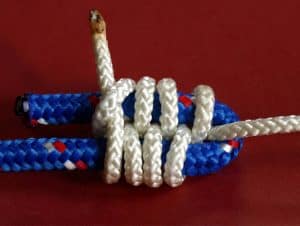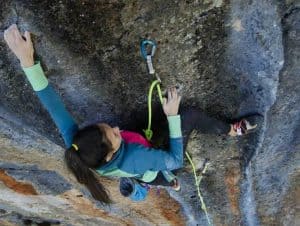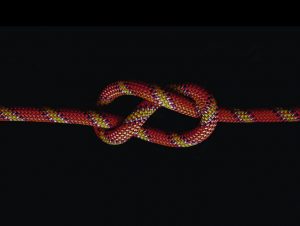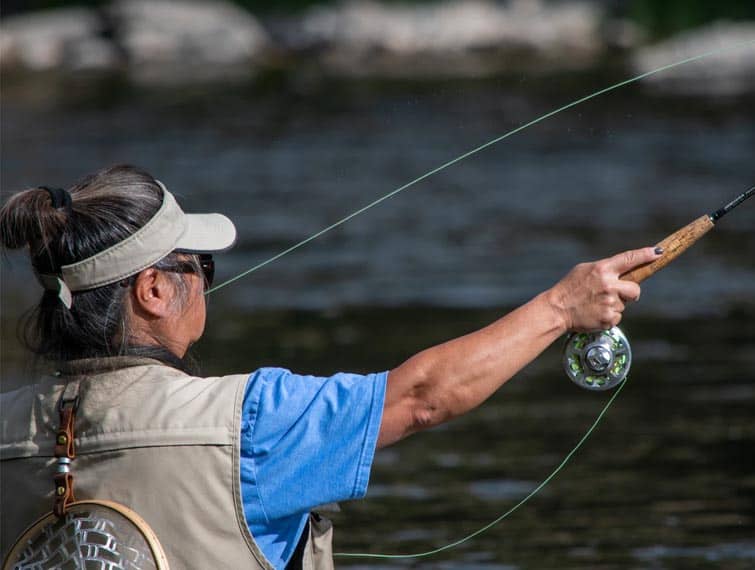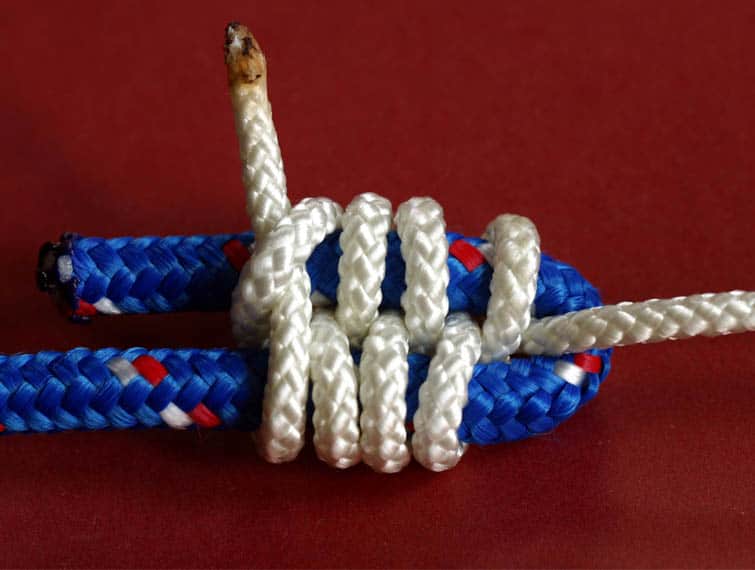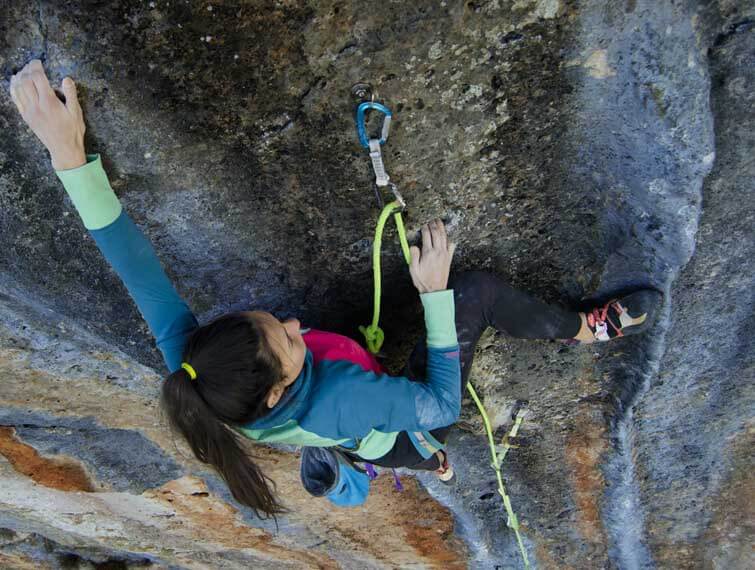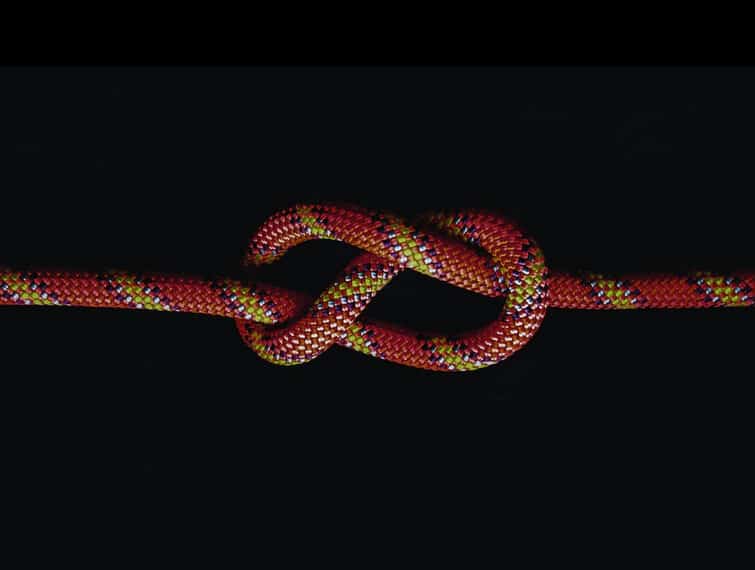For any outdoors enthusiast, knowing essential camping knots is a must in order to survive and make the most out of an experience. It is not just about making hike knots to secure ropes or other camping ties to secure a hammock on a tree.
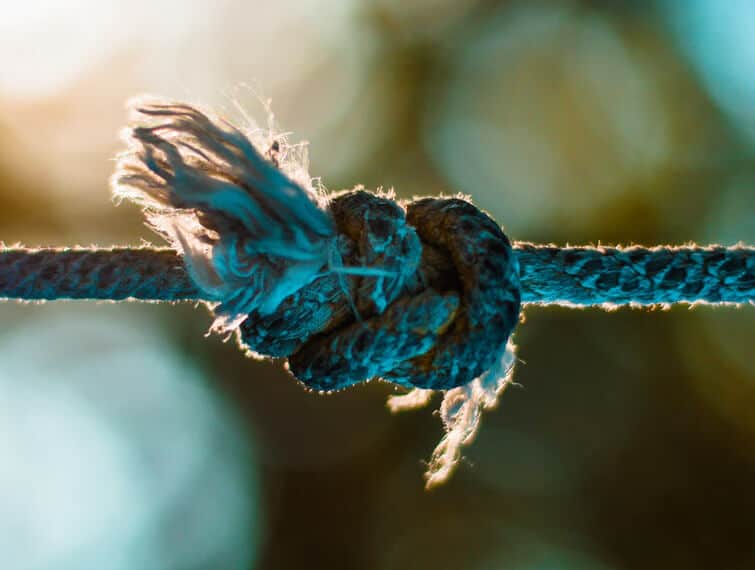
Knowing what knots to use for camping, like tent knots, is an essential survival skill, especially for campers and hikers who enjoy the outdoors and the adventure that comes with it.
Camping knots are crucial for hikers and campers because of its numerous uses. For instance, tent knot tying will enable you to fasten guy lines on tents, secure shelter or tarps, and tie down huge loads on the car especially when travelling. It can also be used to make sure the camping or hiking gears stay in place, since knots are stable and durable.
Learning basic knots for camping will provide you the skill to mend and adjust things, as well as help you transport huge objects that cannot be lifted easily by hand. If you are interested to know more about essential camping knots that you can use for your next camping, here are some basic camping knots that you should learn.
Terms to Remember
In order to properly learn how to make the basic knots for camping, one must learn and understand the terms to be used in describing the knots and how to make them. For novices who only rely on instructions to make their knots, knowing terms related to camping knots is important for them to completely understand the process of tying a camping knot.
Knot
It is a link or fastening done by interlacing one or more ropes, and holds its place once tied.
Hitch
These are knots that involve another object. It may be a stick, a post, a trunk, a rig, or just another rope.
Fun Outdoor Quiz
Bend
While it is not used frequently, bends are utilized to tie two different pieces of rope.
Lashing
A more complicated hitch that uses two ropes to secure two objects.
Working end
The part of the rope that is moved and active.
Standing end
The part of the rope that is not moved and is not active in tying the knot.
Basic Camping Knots
While there are hundreds of knots to know for camping out there, it is easier to learn a few ones first, especially if you are new to the craft of tying camping knots. One can just start with the basics, which can be learned by anyone interested as long as they are patient and persevering.
Here are some basic knots for camping that will be essential for your next trip to the mountains or the wilderness.
Clove hitch
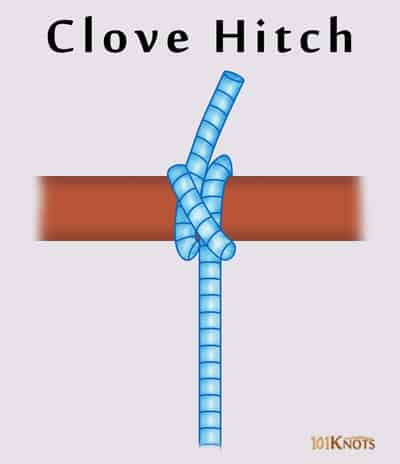
This is an essential camping knot is used to secure the tent line to a tree or a post. It can be used to attach gears or tie back tree branches.
Square knot
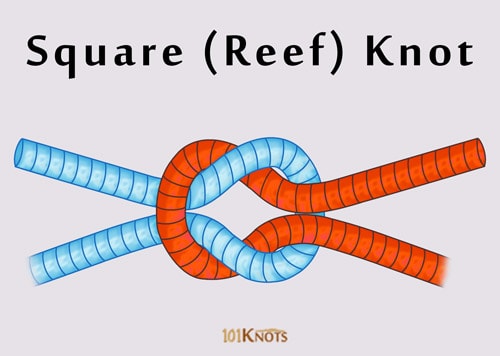
Also known as the reef knot, this is among the basic camping ties that is utilized to connect tent lines, and is perfect to bundle firewood together. It can be compared to the knot people use to tie shoelaces, albeit it is more secure and stable.
Bowline knot
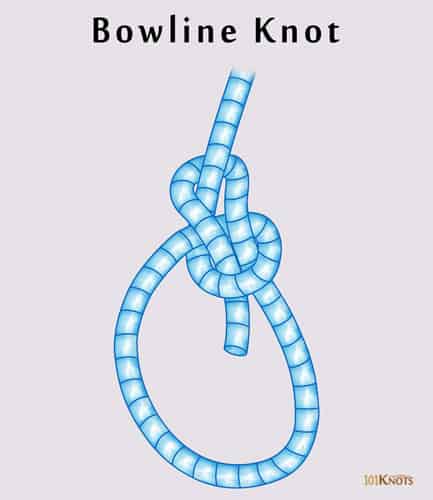
This camping tie is very useful because aside from the fact that it does not slip, it cannot be tied or untied when there is weight on it. It has a ton of uses, making it one of the most essential hiking knots every camper must know. It is the ideal camping knot to use in lifting heavy objects from the ground that cannot be easily elevated by hand.
Taut line hitch
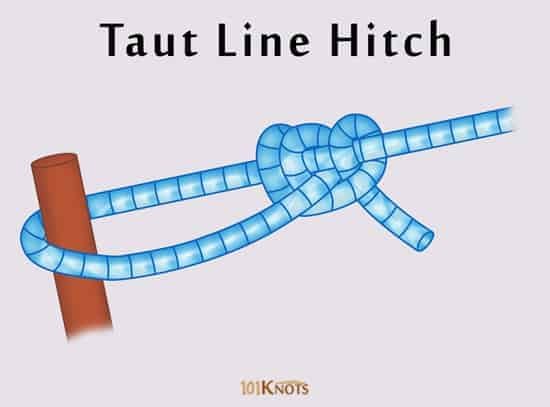
This is one of the best tent knots that is used in tent guy lines for tent knot tying. It is secure as long as there is tension, and can be used to create loops adjustable to be tightened or loosened depending on the need. This tent line knot can also be used to tie the ends of a hammock, since it can be accustomed according to how the user wants it.
Overhand knot
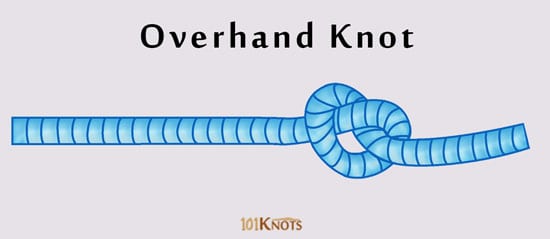
This is the most basic knot for camping, and while it may sound new to the ear, most of us have been using it in our daily lives. The overhand knot can be used to prevent a loop from sliding beyond its fixed position and can simply be made by making a loop out of the rope and running the working end through it before tightening.
Sheet bend
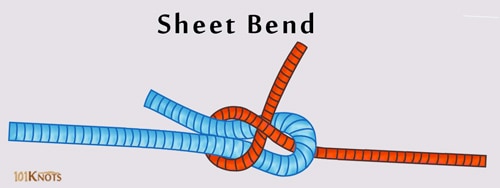
This is used to tie two ropes of different sizes or thickness together, in order to lengthen guy lines by adding some more rope at the end.
Figure 8 knot
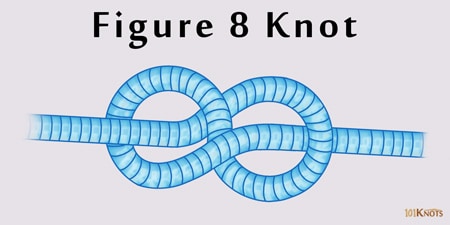
Among the knots to know for camping, this hiking knot somehow causes damage on the rope than a basic overhand knot. It is usually used to create a stopper on the rope, but these stops are used to create other knots as well.
Double figure 8 knot
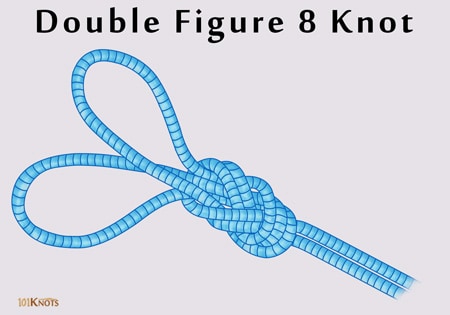
It is a popular hiking knot that is known to be easier to untie than to make. It is commonly used by climbers, and its structure distributes weight between its two points. It is easy to see if it is done wrong, since it is a really strong knot that tightens even more when there is load.
Fisherman’s knot
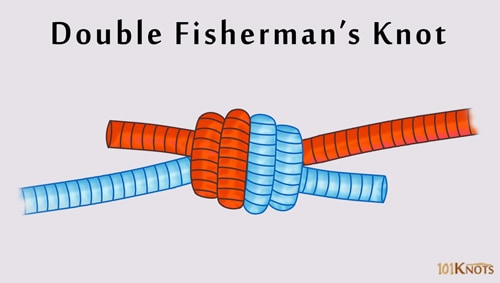
Though it may not be the most secure camping knot one can use, there is no harm in learning how to tie this knot. While classified as among the basic knots for camping, it is especially useful for fishermen to attach fishing hooks to the end of a rope or fishing line, hence its name. One drawback with this camping tie is that it weakens the rope it is used on.
Round turn and two half hitches
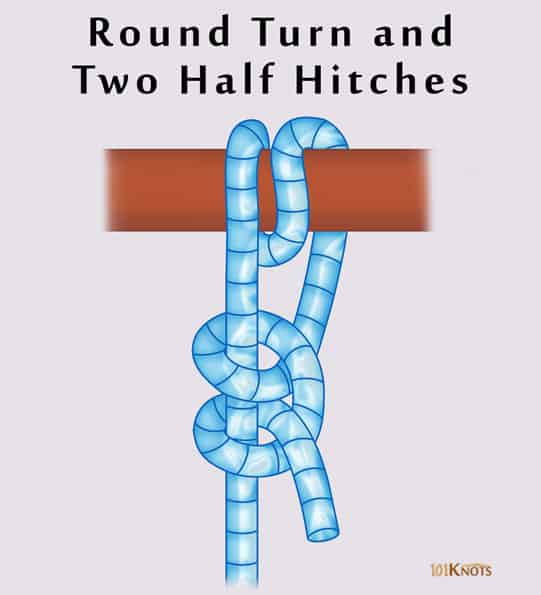
It is among the excellent hiking knots to know for camping that is easy to tie and untie all at the same time. It is used to secure the rope, a universal hitch that is strong and steady that it can be utilized to tie huge loads to the roof rack of the car.
Learn how to tie many kind of knots at 101knots.com



